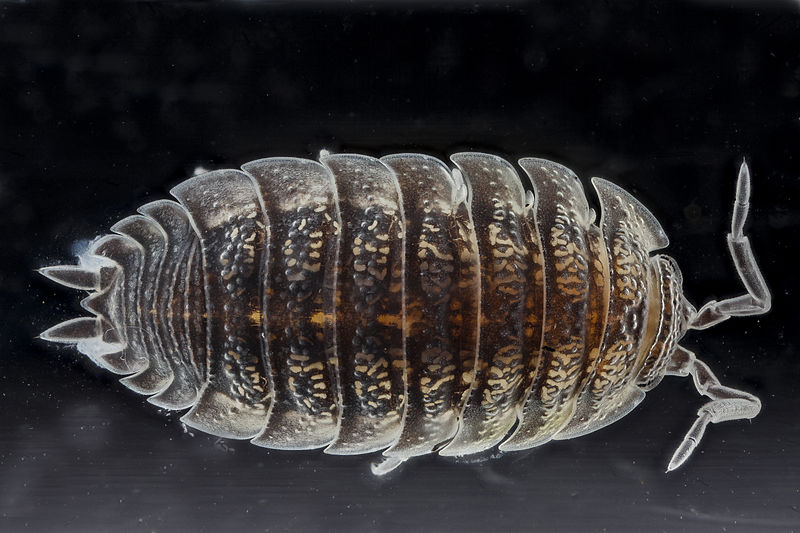Quick links
carpenter
DCHP-2 (Mar 2014)
Spelling variants:cafner
1n. — Newfoundland, fauna
an insect that lives in decaying wood and under rocks; a woodlouse.
Type: 2. Preservation — A carpenter, sometimes rendered as cafner, refers to a type of woodlouse (see Image 1), which lives most commonly in decaying wood or under rocks (see DNE, s.v. "carpenter"). Other popular names for this species include: woodlouse, slater, pillbug, sowbug (see the 1981 quotation). The term carpenter is likely a preservation from British English (see EDD, s.v. "carpenter" (2) and "cafender" (2)).
See also DNE, s.v. "carpenter".
See also DNE, s.v. "carpenter".
Quotations
1964
Evening Telegram 25 Mar, p. 5 The first I noticed were the wood lice (or 'carpenters' as they are commonly called in Newfoundland).
1970
Evening Telegram 17 July, p. 2 From a carpenter, to be more accurate, which was busy crawling up the right string of my left bootlace.
1981
Carpenters are undoubtably [sic] the most familiar terrestrial arthropods to Newfoundland living in coastal or urban areas. [...] The dominance of carpenters on the island belies their origin. No species of carpenter is native to Newfoundland: all have been introduced from Europe. Only the name, carpenter, is unique to Newfoundland. The British call these animals woodlice, slaters or pillbugs while the Americans know them as sowbugs. [...] An attempt has been made to trace the origin of the name carpenter but with no success. Their frequent association with wood suggests an obvious derivation.
1990
T 370-67 We call them carpenters. I think they're woodlice.
References
- DNE
- EDD
Images
